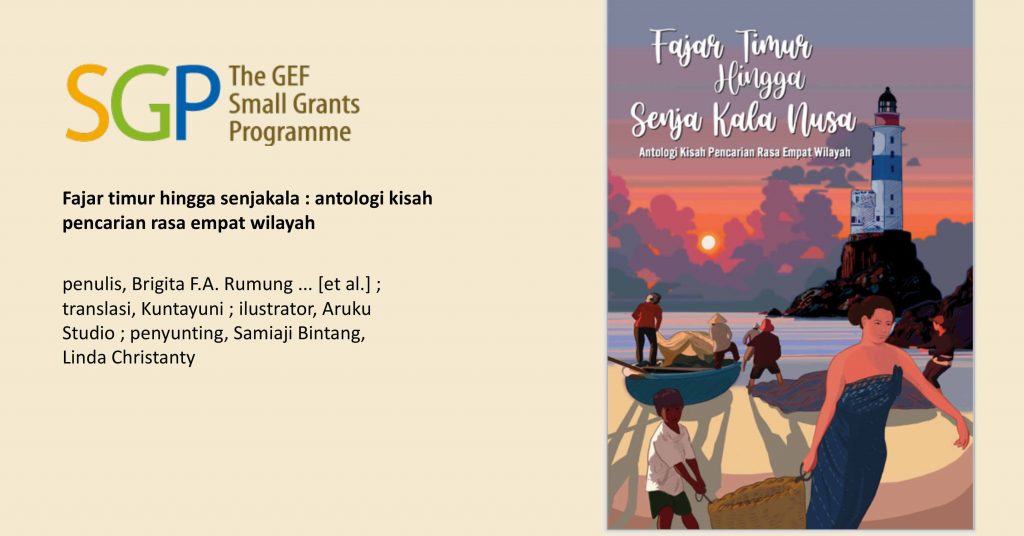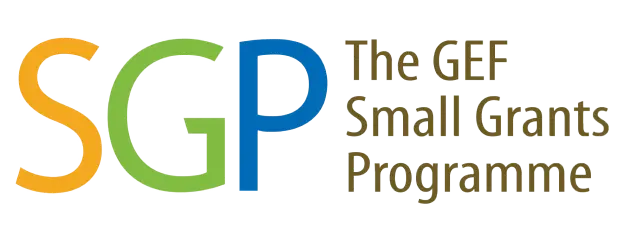
Since 2017, the GEF SGP Indonesia program phase 6 has been underway in four regions of Eastern Indonesia, namely Nusa Penida Island in Bali, Semau Island in East Nusa Tenggara, the Wakatobi Islands in Southeast Sulawesi, and the areas surrounding the Paguyaman River in Gorontalo. A total of 82 partners from community groups, non-governmental organizations, higher education communities, research institutions, private companies, local governments, and national governments are involved in this program.
Starting to work with the community is not as easy as strategizing on paper. The twists and turns of events had to be taken one after another. Various methods and approaches were tried and applied. Often, sweat accompanies failure, and smiles accompany the success of GEF SGP Indonesia partners when interacting in the field with communities.
Bringing together many elements, interests, and thoughts into a community program is not easy. Various steps are taken. Strategies that are deemed effective and complete with prayers are implemented so that the goals can be achieved, such as, "The program that has been designed can run and process well together with the community. The benefits of the program can be enjoyed by the community. And the program can continue even though the GEF SGP funding has been completed."
Departing from the idea of retelling the stories of GEF SGP Indonesia partners in implementing the program through descriptive and reflective narrative version writing, we collaborated with Wisanggeni91 to compile a book. The book is a learning book entitled "Fajar Timur Sampai Senja Kala Nusa: An Anthology of Stories, The Search for the Sense of Four Regions.
In this book, each partner writes with a different writing color. Not the same. This difference in narrative style reflects the diversity of perspectives and ways in which GEF SGP Indonesia partners engage with communities. Diversity in behavior, actions, patterns, and strategies when interacting with community members. Diversity holds value, namely empowering local communities, enabling them to voice their concerns, and having bargaining power over their lives, environment, and territory.
This book tells the story of partners' journeys in finding change agents in the field. Simple in narration but actually challenging in implementation. All stories are told in a flowing manner that immerses us in the narrative. As if we are involved in feeling the sweat and smiles of the partners in their daily lives.

